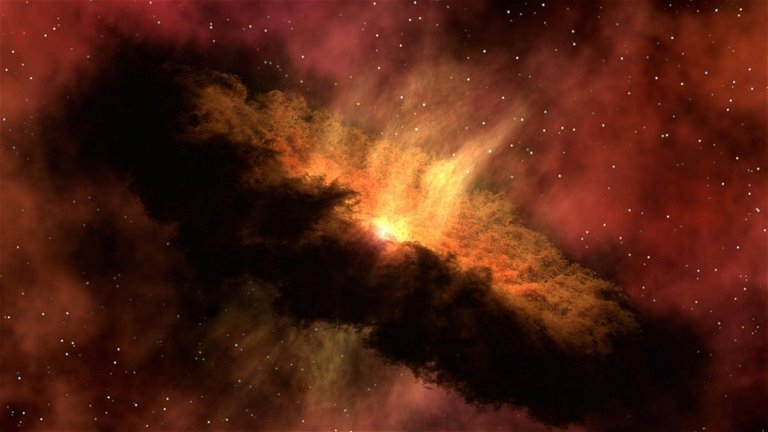- Chinese scientists successfully test a hyper-resistant moss that could be key to colonizing Mars
- Scientists discover a cave on the Moon. It could be key to future space missions

Since humans began exploring the stars millennia ago, knowledge about the stars around us has been increasing and improving in an increasingly remarkable and interesting way, as is the case with the elusive ninth planet of our solar system. Now, a study seems to have shown that the shape of our solar system has changed dramatically and in a very interesting way over the thousands of years in which changes at the astral level are measured.
Knowing the origin of our solar system
A study published in early April this year in the scientific journal Proceedings of the National Academy of Sciences has given important new details about the formation and early evolution of our Solar System. The research team, led by Bidong Zhang, Nancy Chabot and Alan E. Rubin of the University of California, Los Angeles, focused on the analysis of magmatic iron meteorites, considered remnants of the metal cores of the first asteroids that formed in our planetary system.
The importance of these iron meteorites is very valuable, as they show the processes of planet formation in what could have been the solar nebula in a very primitive period. The study combines very detailed composite analyses with advanced numerical modelling to reconstruct the behaviour of the elements, the global compositions and the crystallisation processes of the asteroid cores.
As a result, they reached one of the most important conclusions of the study. The crystallization process and morphology of iron meteorites is directly and very importantly related to the places where they formed in the protoplanetary disk. That is, its place of creation in the form that our solar system had during its genesis and that of the planets. The outer and inner parts of the solar system changed tremendously during this period.
Outer Solar System cores tend to have smaller sizes, higher abundances of siderophilic elements (those that tend to be associated with iron), and simpler crystallization processes compared to their inner Solar System counterparts. These differences provide absolutely key clues about the varying conditions that existed in different regions of the early protoplanetary disk.
In addition, calcium and aluminum-rich inclusions (CAIs) have been discovered. These inclusions are considered the first solids to condense in the Solar System. Using data from siderophilic elements present in iron meteorites, the researchers were able to reconstruct the distribution of CAIs across the protoplanetary disk during the first million years of the Solar System’s history.
Surprisingly, they found that although CAIs formed near the Sun, they ended up concentrating in the outer disk while being exhausted in the inner disk. This distribution pattern provides new constraints for models of protoplanetary disk evolution and challenges some of the previous assumptions about how materials moved and distributed in the early Solar System.
The study also posits that the chemical and dynamic heterogeneity of the protoplanetary disk was established very early in the history of the Solar System, much earlier than previously thought. This conclusion has significant implications for our understanding of how planets and other celestial bodies formed.
In this way, we can see how the solar system in which we live has undergone dramatic changes throughout its geological history. Something deeply interesting that has allowed experts to change their view of the vast solar system around us. Every day we learn a little more about the planets around us, from Jupiter’s moon to planets raining diamonds on.

Comments